Lake District Connections
Considering the different ways in which people crossed paths with Latter-day Saints
The Discovery
Nestled amidst the rolling hills of England's picturesque Lake District, the enchanting town of Kendal emerges as a jewel of timeless beauty and historic charm. As if plucked from the pages of a romantic novel, Kendal beckons with its graceful fusion of nature's splendour and man's artistry. The old and new run together in a delightful way and many hours could be spent walking around historical roads, alongside the River Kent, and visiting quaint shops.
Recently I visited the charming town and found a used bookshop. I popped inside as my wife and daughters shopped for new shoes. With a disgruntled one-year-old in my arms, I browsed the shelves for some new reading material. I must confess that my eyes are always drawn to old books and those with aged covers. In the religion section, I noticed this little gem, The Book of Common Prayer, tucked away among some much larger books.
The first Book of Common Prayer was published in 1549 and although it has changed in size, composition, and content, it remains in use within and central to the Church of England. This particular copy of the (undated) book has two pasted inscriptions. One indicates that it was a gift to George Francis Reiss ‘from Auntie Margaret’ with a second pasting at the bottom of the front endpaper indicating it was given in Easter 1909. A further inscription is found on the opposite page which states it was rebound at Easter 1919. The front cover has the initials G. F. R. stamped in gold leaf in the bottom right-hand corner.
Aside from some minor wear to the cover the book is in remarkably good condition with the gold leaf on the page edges being well-preserved. Well, of course, I was taken in by the book and bought it along with a copy of City Of The Sun by Sarah Bryant.
George Francis Reiss
It did not take long for me to discover that the recipient of the Book of Common Prayer was George Francis Reiss who was born in Kendal, England, to George and Ellen Reiss in 1893. For many years the Reiss family made their home at 15 Market Place in the centre of the town where they also operated a butcher shop. George Sr. had been born in Kocherstetten, Kingdom of Württemberg, in 1858 and came to England sometime in the 1870s and settled in Kendal working as a pork butcher. In 1883 he married Ellen Hine who was a native of Kendal. It was her older sister, Margaret, who gifted young George the Book of Common Prayer when he was about to turn 16. The Reiss’ ultimately had two sons, George Francis and Conrad Alfred. George was typically known as Frank.
As young men Frank and Conrad were trained in the art of butchery with the expectation that they would one day take over their father’s business, which they eventually did. Frank enjoyed a comfortable upbringing and he and his parents regularly exhibited animals, food, and art at local shows. By 1911 he had left home and was a student at Liscard High School, a private school, in Wallasey, Cheshire.1
By all accounts, the family was very religious. George Sr. was baptised as an infant into the German Evangelical Church in his home town of Kocherstetten. Ellen was christened in St Thomas’ Church, Kendal, which is a Church of England parish church. Frank appears to have been a fervent Anglican his entire life. In the 1950s Frank was acting as Church Husband for Kendal Parish Church and he was also a Churchwarden at the church.
Both of the Reiss boys served in the British Army during the First World War. In August 1915 George travelled to Whitehaven where he was medically examined. Described as being of “Fair” physical development, Frank was later classified as CII and then as BIII, which were military medical classifications that indicated he was not suitable for frontline action and was instead to be garrisoned in the UK working in a sedentary manner. In 1917 he was examined for Tuberculosis and instructed to stop smoking for his health. Frank went on to serve in the Army Pay Corps working as a clerk in the bureaucracy of the war spending a considerable amount of time in and around Nottingham. Conrad, meanwhile, served in the Royal Engineers and was stationed in Mesopotamia. Both men survived the war and returned home to Kendal as they were demobilized.
In October 1923, Frank married Dorothy Moss, a native of Nottingham. Before long they were back in Kendal where Frank continued working with his father and brother. Dorothy settled into life in the town and performed with the Kendal Amateur Operatic Society.2 Frank was a keen artist and there is a wide array of drawings, wood prints, and other pieces of art in existence that he produced over five decades.3 He regularly won competitions for his work, which was wide-ranging in scope.4
What follows is an interesting reminder of the different ways in which Latter-day Saint history runs alongside, across, and near to the stories and journeys of various families and individuals from around the world. It was in Kendal’s Market Place that the Reiss family story crosses paths with different Latter-day Saints.
German Pork Butcher: Johann Frederich Kramer
At the time of the 1891 census, George Sr. and Ellen had three boarders staying with them in their home in Kendal. One of those was Frederich Kramer, a young pork butcher’s assistant who was also born in the Württemberg region of the newly unified German Empire. Like many other young men, he left Germany to build a new life abroad. In the nineteenth and early twentieth century, many such men travelled to the British Isles and secured work as clerks and pork butchers.5 There was a peculiar phenomenon that those from the Kingdom of Württemberg were predominantly pork butchers. This pattern has been written about before, but Frederich was one such immigrant.
Frederich later moved to Lancaster where he met Magdelena Speidel. Many of her relatives had joined The Church of Jesus Christ of Latter-day Saints in Lancaster, but she had not converted. The many Speidel daughters married other Germans and later moved to Dublin, Ireland. There the various families established or joined existing butcher businesses and the Church in Dublin was organised from this cohort of German Latter-day Saints. Frederich and Magdelena did not follow the others to Dublin initially. The Kramers maintained a butcher’s shop on Penny Street in Lancaster but during the First World War they experienced persecution and property damage in protest of the couple living and working in the town, even though they were naturalised citizens.6 They soon moved to Dublin where there was greater tolerance and they could be closer to their family network. While in Dublin they subsequently investigated and joined The Church of Jesus Christ of Latter-day Saints and were baptised in October 1918. Frederich and Magdalena adopted their niece, Minnie, and later emigrated to the United States where they lived in Huntington Park, Los Angeles, California, until their deaths.
Unknown to them, the Reiss family had provided Frederich with an opportunity to further his skills, experience, and understanding of the pork butcher trade. It was a position from which he was then able to move on and establish his own establishment and help others. Little did they know they were harbouring a future Latter-day Saint who would help form a prominent Church community in California.
Gordon B. Hinckley
In July 1933, Gordon B. Hinckley, a young full-time missionary for The Church of Jesus Christ of Latter-day Saints visited Kendal for a number of missionary activities. The following is an article that Elder Hinckley wrote for The Latter-day Saints’ Millennial Star in 1933 about his trip to the Lake District. The magazine was a publication produced by the British Mission of The Church of Jesus Christ of Latter-day Saints that began in 1840 and continued until 1970.
"The world is too much with us; late and soon,
Getting and spending, we lay waste our powers;..."
Thus mused William Wordsworth as he silently looked across the placid waters of Windermere and Grasmere, a hurrying world rushing by behind his back. Several "Mormon" missionaries caught that same inspiration on the shores of Windermere while awaiting the dawn of a glorious Fourth of July.
Honouring Independence Day, the missionaries of Hull, Sheffield, Leeds, Nottingham, Manchester, Newcastle and Liverpool districts gathered near Lake Windermere. On the previous evening several of the districts had jointly conducted a street meeting in Kendal. For two hours testimony and song rang out across the public square to the interest of onlookers and the joy of Elders.
Sleep does not come easily nor stay long where men stretch out on rough ground, the heavens their only cover. And so, at dawn the caravan was encircling Windermere.
What a picture! A smooth, glistening pearl set in the quiet of rolling green and wooded hills, the sun of a new day streaking across the waters.
Then a ten-mile cruise over the lake to glimpse the scattered sleeping towns about. Of special interest was the fatal route where Major Seagrave lost his life while setting the world's speed boat record.
Breakfast over, those who cared to, played tennis while the others of the party rolled over the hills past Rydal Water, Lake Grasmere and Wordsworth's cottage, and on up to Keswick.
Then baseball, the grand old American game. What a thrill to play it again ! Of course, the English crowd did not comprehend our strange game completely, but they laughed and cheered.
What else mattered? Fourth of July! What a day! Mountains—baseball—friends—memories and fun.
Elder Gordon B. Hinckley
The most logical and common place for street meetings to take place would be either in a park or market square. The built environment of Kendal in 1933 was of small, narrow streets and the best space that could be described as a public square would be the Market Place, right outside of the Reiss’ shop and home. Did Frank hear the missionaries? Did he brustle past them? What kind of a stir did it cause among the locals? We don’t know, but it’s hard to imagine he and others in Kendal did not notice the arrival of a swell of missionaries.
Frank
Frank lived in Kendal until his death in 1977. In the 1960s a branch of The Church of Jesus Christ of Latter-day Saints was established in Kendal and a missionary district with different sets of missionaries operated around the area. It seems probable, given his proximity to the centre of town, that Frank would have met or interacted with a missionary or member of the Church. As an ardent Anglican, he might have been in opposition to the Saints organising a congregation and gathering for meetings, but he was a devoted Christian, artist, and community figure. Frank’s successes secured him association and membership in various learned and philanthropic organisations. In addition to being a member and former president of the Rotary Club of Kendal, he was also a Fellow of the Royal Society of Arts, a member of the Royal Cambrian Academy, a member of the Lake Artists Society, and chairman of the Kendal Art Society.7
Frank’s Book of Common Prayer has a much fuller story now, and his memory has been rebuilt. What was once discarded has provided a link to the past which, along with other records, has provided insights into a second-generation immigrant, veteran, artist, disciple, and community leader. I’ve expanded this story to try and find overlap with the Latter-day Saint experience but in reality, such crossovers are common and frequent for many of those who are not Latter-day Saints. With congregations around the county, an active missionary force, and a presence of more than 180 years it isn’t surprising that we can deduce or find paths that have overlapped in some way.
I hope you’ve enjoyed this little detour into a story from the Lake District. If you’ve enjoyed this story you might want to consider becoming a paid subscriber to support more acquisitions and stories.
Thanks for reading!
Census Returns of England and Wales, 1911. Kew, Surrey, England: The National Archives of the UK (TNA) Series RG14, 1911. RD 452. ED 16. Piece 22068.
Photograph: “A Country Girl”, 1931, WDMPD/3/12/2/38, Kendal Archives.
Max Clark, ‘Surprise discovery of the pork butcher artist, Westmorland Gazette, 27 September 2012.
‘To-day’s Trio of Winners: Send Yours Now,’ Manchester Evening News, 30 August 1934, p. 5.
James Perry, ‘The German Pork Butchers of Dublin, 1900-c.1945,’ The Journal of Genealogy and Family History, Vol. 4, No. 1 (2020).
‘Smashed Shop Window,’ Lancashire Evening Post, 15 May 1915, p. 4.
Clark, ‘Surprise discovery.’


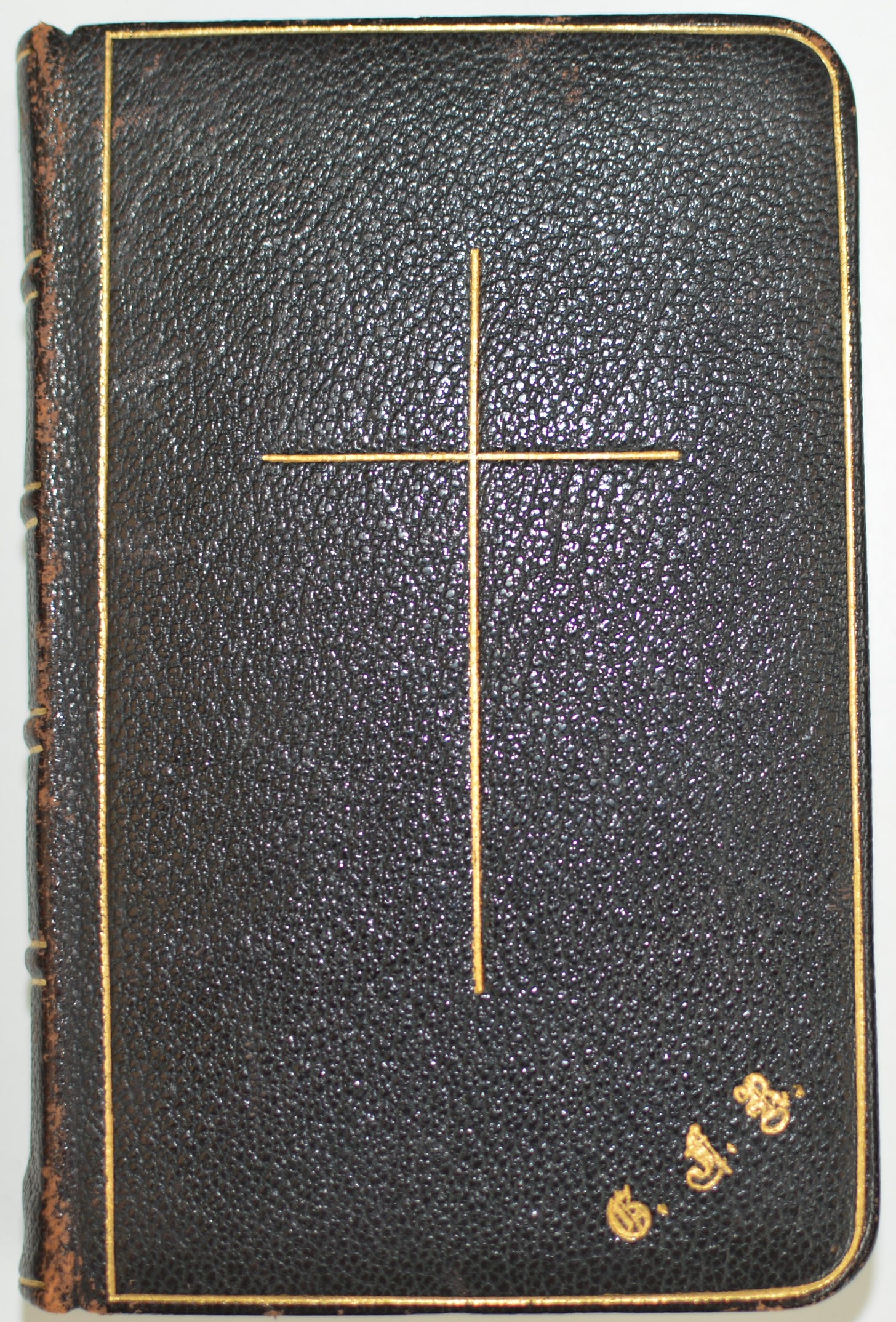

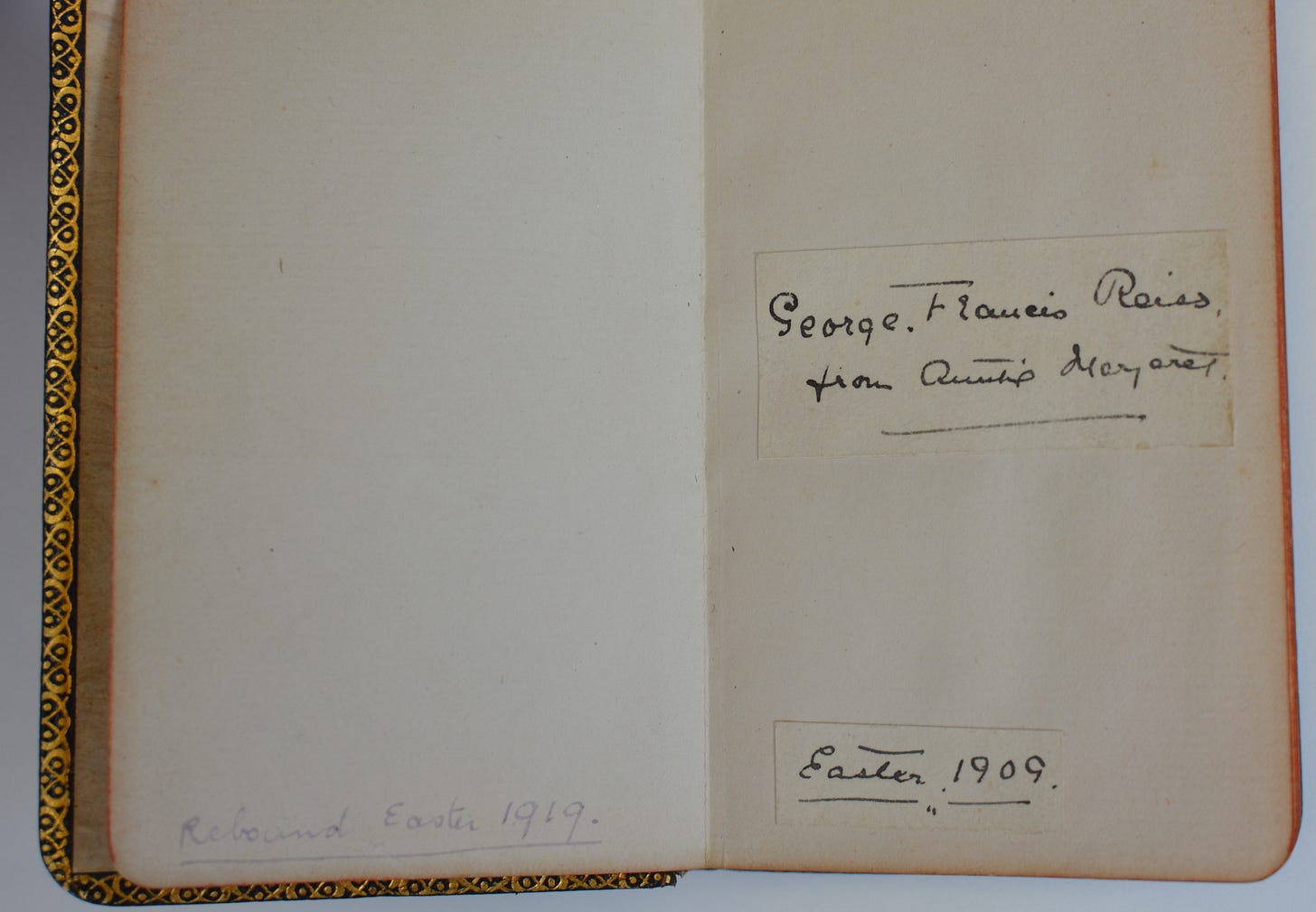
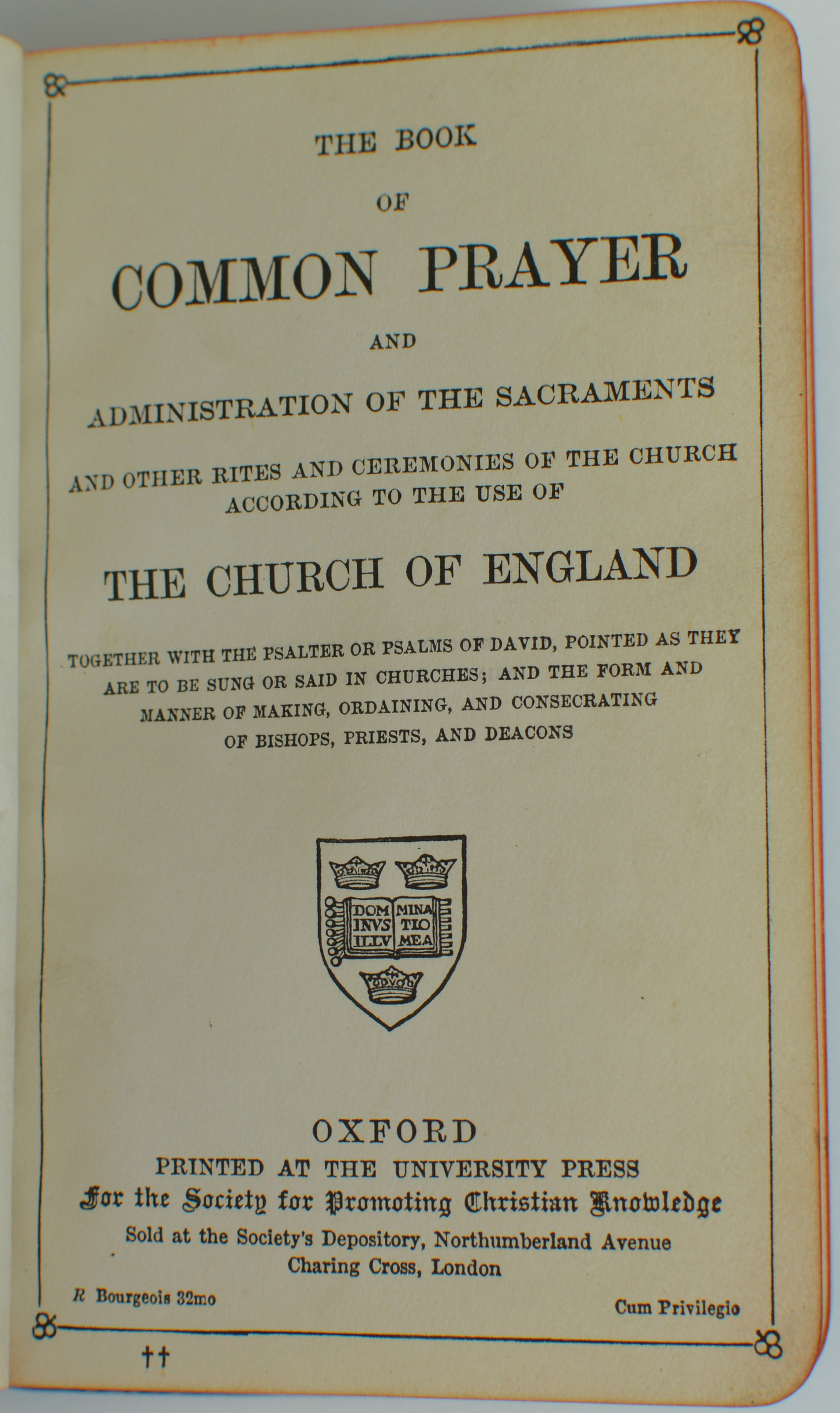
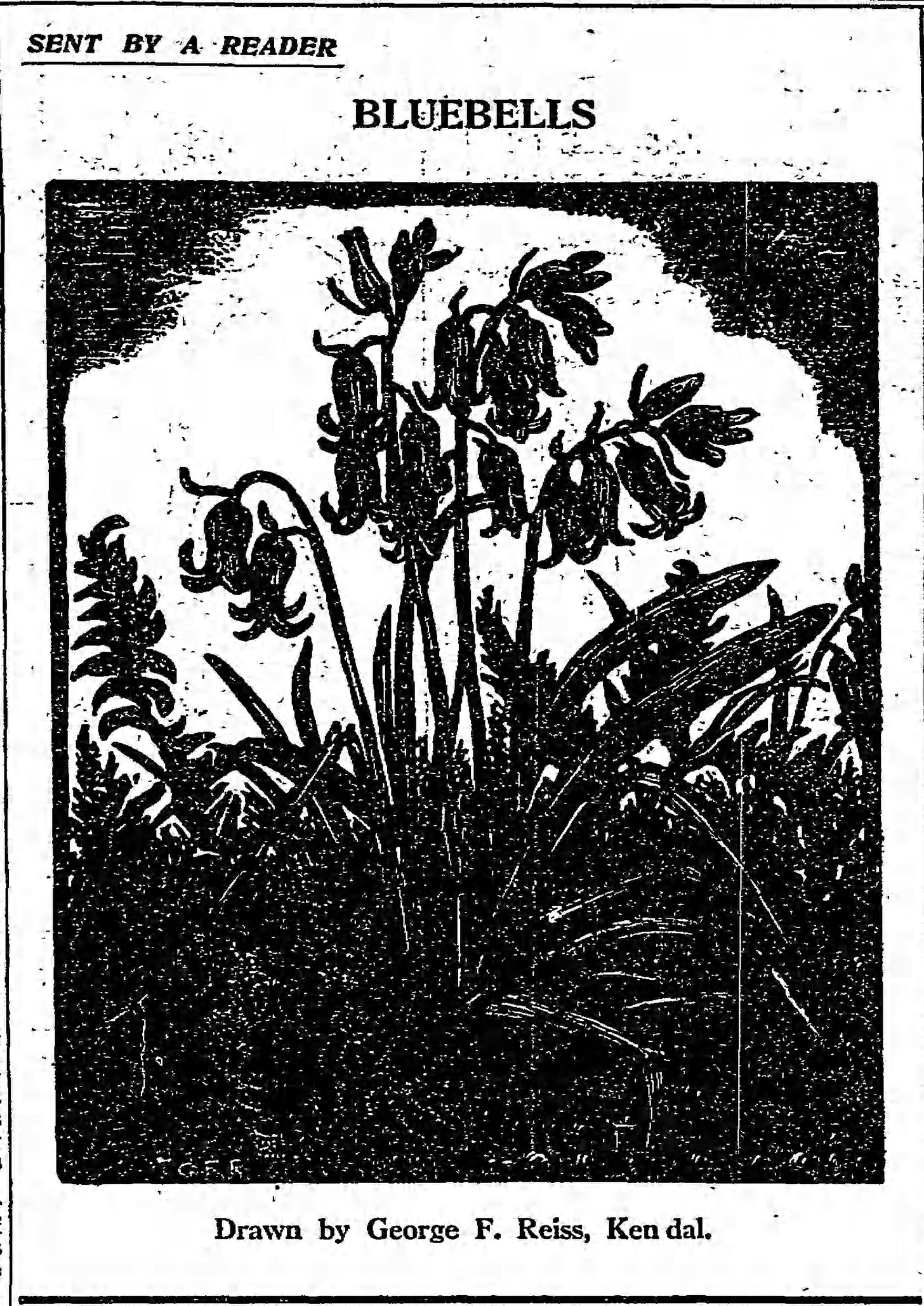
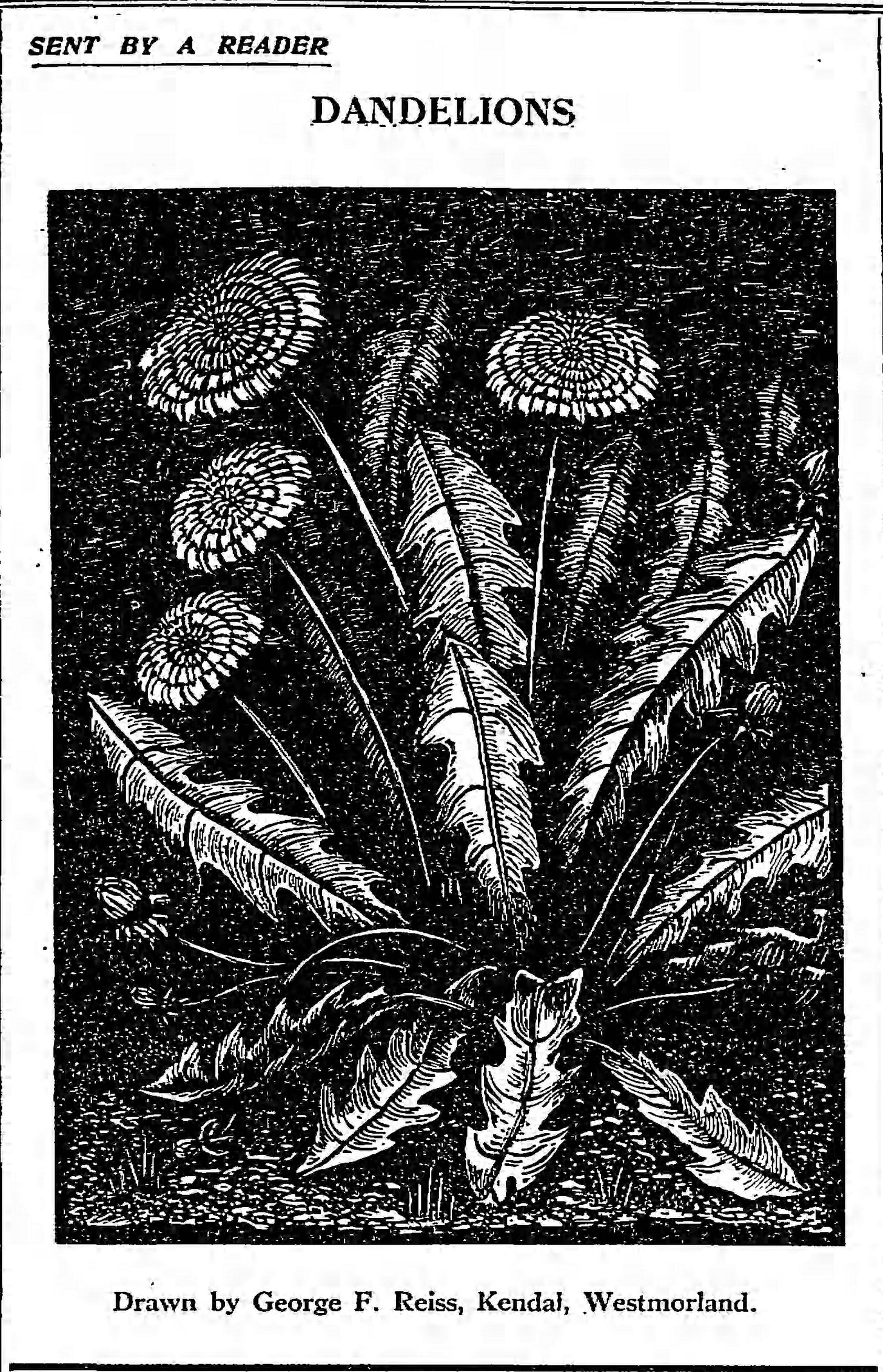
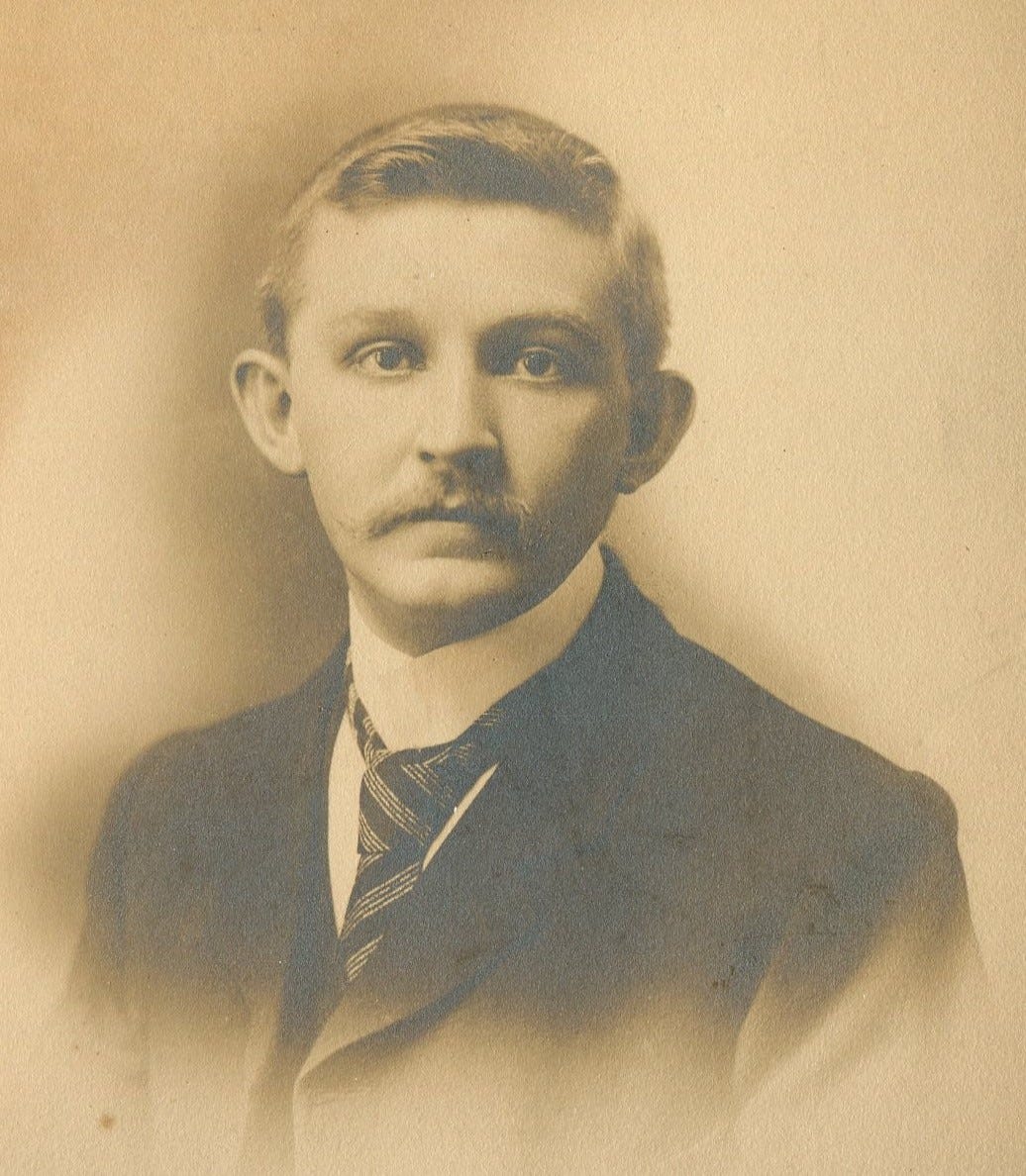
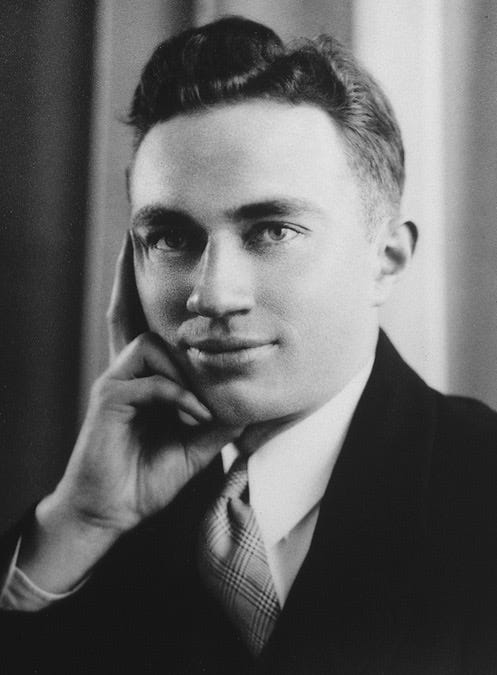
What an enlargement from one old book! Great research. Thank you.